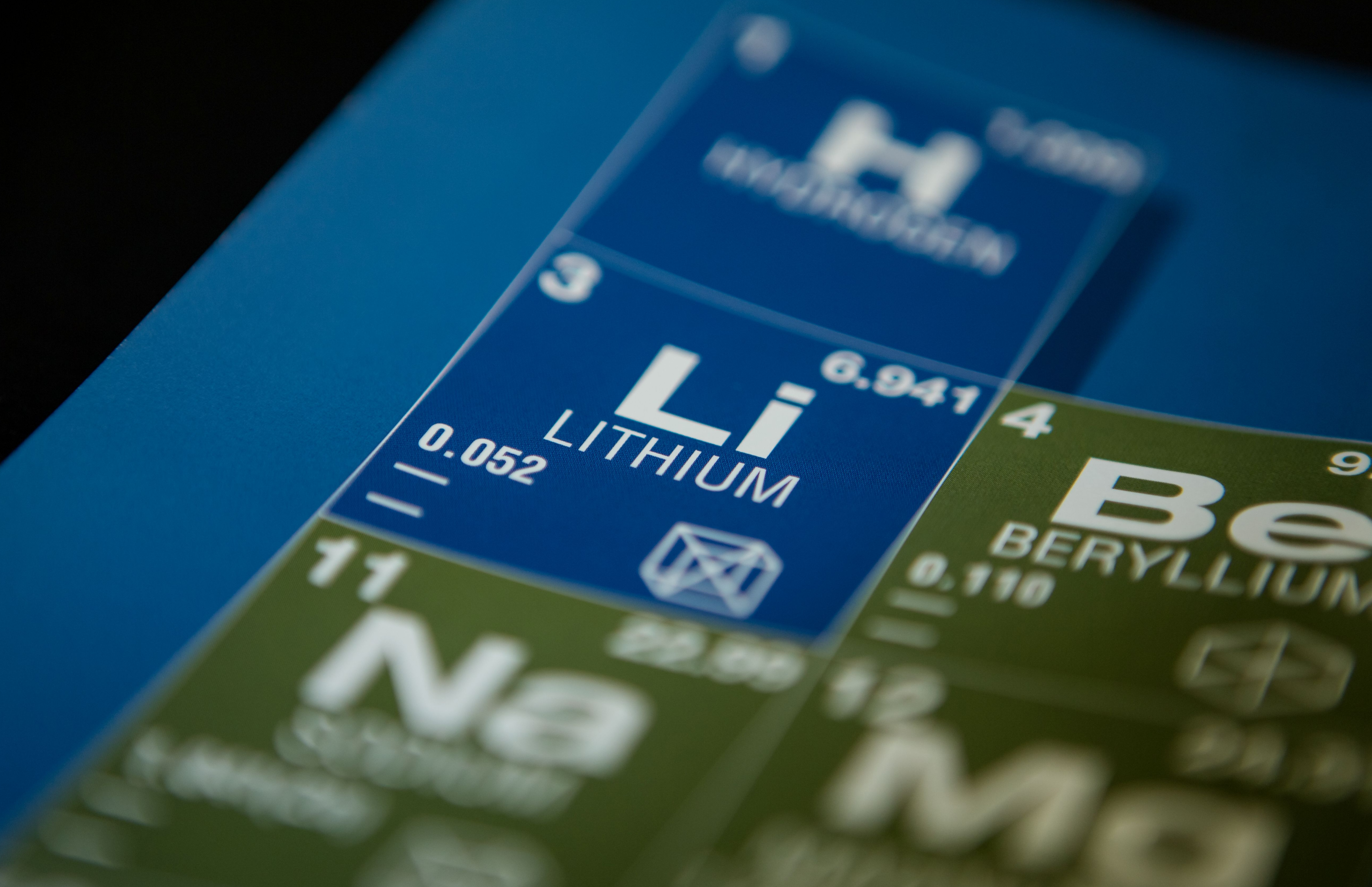Tariffs, uncertainty, and strategic patience: key takeaways from Seoul battery supply chain discussions
News Analysis

17
Apr
2025
Tariffs, uncertainty, and strategic patience: key takeaways from Seoul battery supply chain discussions
South Korea remains a critical hub in the global lithium-ion supply chain, and amid rising geopolitical tension and shifting trade policy, Project Blue’s recent visit to Seoul offered valuable insights into how Korean battery and critical materials producers are responding to an increasingly unpredictable global landscape.
Discussions with market participants took place against a backdrop of newly announced US tariffs, evolving Foreign Entity of Concern (FEOC) guidance, and continued uncertainty around long-term industrial policy. While some critical minerals – including PGMs, rare earths, and certain energy-related products – remain exempt from recent trade measures, battery metals and materials such as nickel sulphate, manganese sulphate, phosphoric acid, iron phosphate, and synthetic graphite have been hit with new US country-specific duties. The response on the ground has been cautious, with a clear trend toward delayed procurement and investment decisions as companies adopt a ‘wait-and-see’ approach.
Despite these headwinds, the USA continues to be viewed as one of the most commercially attractive markets for South Korean battery firms, ahead of Europe. This is primarily due to a large number of existing joint ventures between Korean suppliers and US automakers – including SK On with Ford, LG Energy Solution with GM, and Samsung SDI with Stellantis. With billions already committed to US-based projects, participants made clear that they do not expect a strategic shift away from the region in the near term.
Still, the implications of US trade and industrial policy are intensifying pressure to diversify supply chains – particularly in the midstream segment, where South Korea plays a pivotal role. Project Blue forecasts that South Korea will supply 13% of global cathode active material (CAM) in 2025, declining slightly to 11% by 2030. This corresponds to 34% of rest-of-world (ROW) CAM supply in 2025, rising to 60% by 2030.
South Korea is also expected to significantly expand its precursor CAM (pCAM) production through integrated CAM operations. PCAM output is forecast to reach 3% of global supply in 2025 and 6% by 2030, or 42% and 55% of ROW supply, respectively. As ex-China production of tier 1 and tier 2 pCAM increases – particularly in South Korea – reliance on Chinese material is expected to gradually decline.
However, many Korean producers are still reliant on Chinese-sourced precursors, making full US Inflation Reduction Act (IRA) compliance challenging. Additionally, joint ventures between Korean and Chinese companies may face FEOC-related restrictions depending on their ownership and governance structures.
While South Korea’s position in upstream and midstream continues to strengthen, its role in cell production remains more limited. Project Blue forecasts that the country will account for just 3% of global lithium-ion battery supply (in GWh terms) in 2025, falling to 1% by 2030. In ROW terms, this equates to 36% in 2025 and 20% by 2030 – underscoring South Korea’s deeper influence earlier in the supply chain rather than in large-scale cell manufacturing.
Cost remains a central issue. Despite growing awareness of ESG and regional sourcing concerns, market participants noted that buyers continue to prioritise low-cost inputs – especially in a price environment where battery materials remain oversupplied. The idea of paying a regional premium for non-Chinese supply was roundly dismissed as uneconomical under current market conditions.
As a result, Korean battery firms find themselves balancing multiple risks: cost competitiveness, compliance pressures, and long-term strategic positioning. Industry sentiment in Seoul reflected patience – not retreat – with most actors cautiously adapting their strategies while continuing to anchor their global outlook around the US market.
For a more detailed and data-driven analysis of the South Korean battery market or to delve into any area of the lithium-ion battery supply chain, you can find more information on Project Blue’s subscription and data options here. Or contact the team for more information.